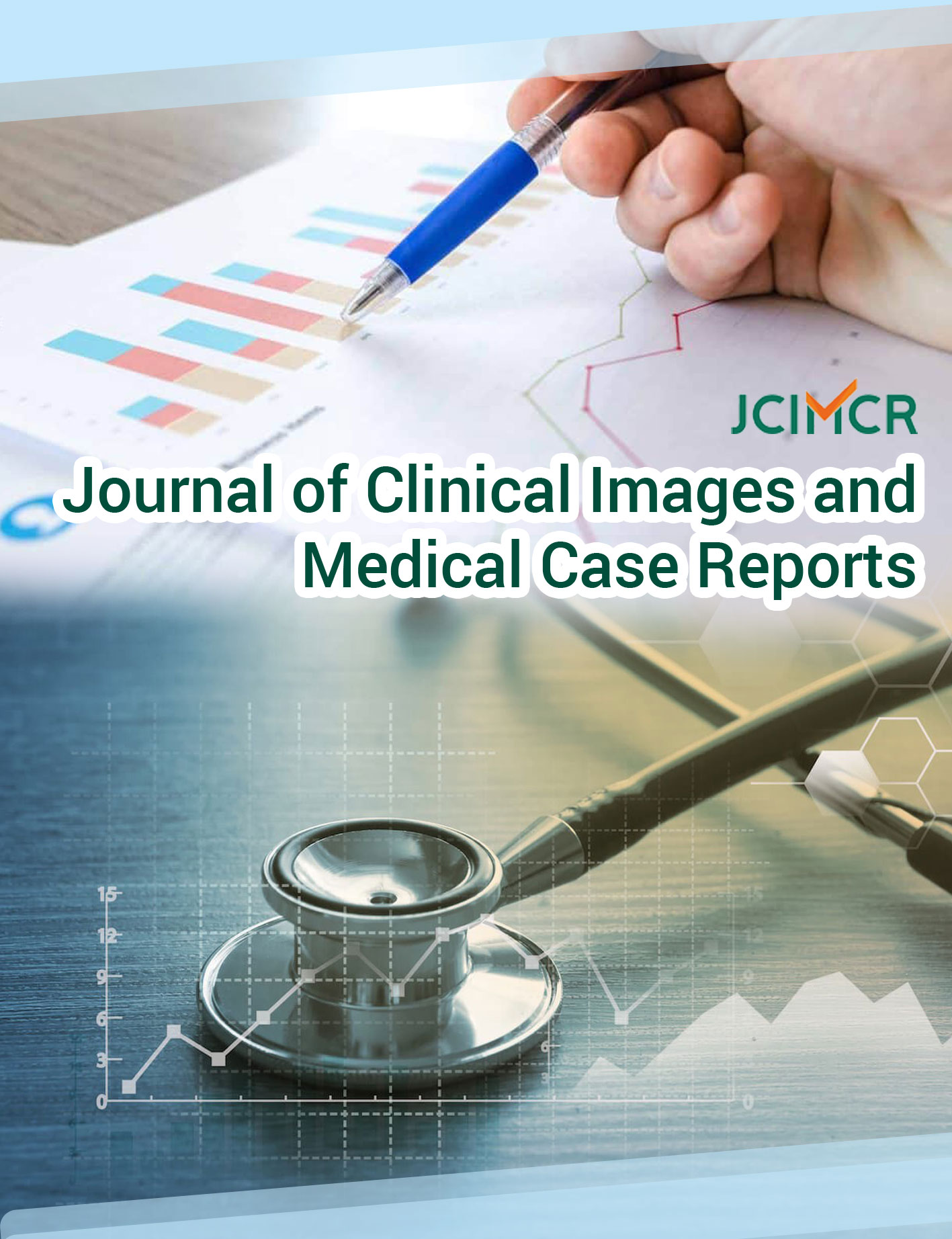
Journal of Clinical Images and Medical Case Reports
ISSN 2766-7820
Clinical Image - Open Access, Volume 5
Chemo-induced diabetes during acute lymphoblastic leukemia: About a pediatric case
*Corresponding Author : Hajar Mghazli
Faculty of Medicine and Pharmacy, Marrakech Sciences,
Morocco.
Tel: +21236844648; Email: drmghazlihajar@gmail.com
Received : Sep 14, 2024
Accepted : Oct 03, 2024
Published : Oct 10, 2024
Archived : www.jcimcr.org
Copyright : © Mghazli H (2024).
Keywords: Leukemia; Child; L-asparginase; Corticosteroids; Diabetes.
Citation: Mghazli H. Chemo-induced diabetes during acute lymphoblastic leukemia: About a pediatric case. J Clin Images Med Case Rep. 2024; 5(10): 3290.
Introduction
Hyperglycemia is a common side effect of treatment for Acute Lymphoblastic Leukemia (ALL). It has long been recognized as a consequence of corticosteroids (prednisone or dexamethasone) and L-asparaginase, chemotherapeutic agents essential for the treatment of ALL. Corticosteroid-induced diabetes is a frequently encountered entity. Its physio pathological mechanisms are multiple, from increased hepatic gluconeogenesis to peripheral insulin resistance or the direct toxic effect on the β cell. For L-asparaginase, it can induce hyperglycemia in approximately 10% of cases, by reducing insulin secretion and altering the function of insulin receptors, these are disorders of carbohydrate tolerance which are aggravated by the concomitant use of corticosteroids. Management initially requires stabilizing the patient, stopping the chemotherapy in question and starting insulin therapy with a diet. Close monitoring of the glycemic cycle will determine the resumption of chemotherapy, cessation or continuation of insulin therapy.
Observation
We report the case of a 10-year-old patient, followed for acute lymphoblastic leukemia, in whom, on the occasion of a cardinal syndrome (polyuro-polydipsic syndrome and weight loss) and polypnea, complicated diabetes was discovered diabetic ketoacidosis induced by L-asparginase in combination with corticosteroid therapy in the induction phase of the MAR- ALL-06 protocol. The glycemic balance having been achieved (under insulin in SAP in intensive care then under a schedule of 2 injections stopped after control of the glycemic cycle).
With a follow-up of 1 year and a half and during monitoring, our patient had not observed any figure of hyperglycemia.
Discussion
L-asparginase associated with corticosteroid therapy or alone is responsible for hyperglycemia which may be transient or require treatment with insulin therapy with or without stopping leukemia treatment depending on each case.
Conclusion
The appearance or imbalance of diabetes is a complication of the administration of L-asparginase in combination with corticosteroid therapy. In addition to measuring HbA1c and fasting blood sugar before initiating treatment, patients should be widely informed about this risk and the warning signs of diabetes, and they should be systematically equipped with a meter. blood glucose level to carry out self-monitoring at the slightest alert.
